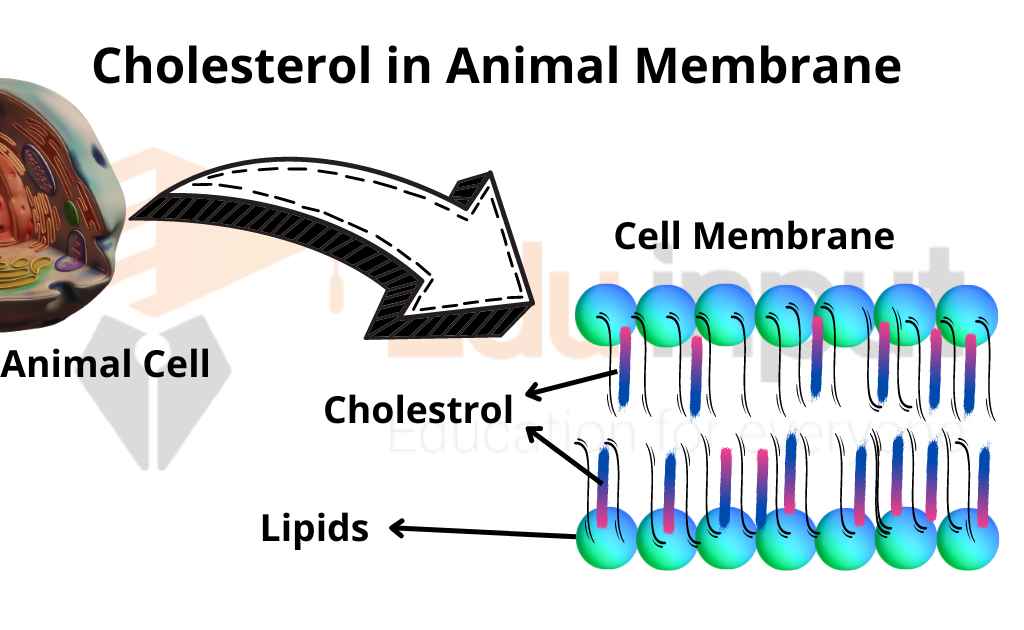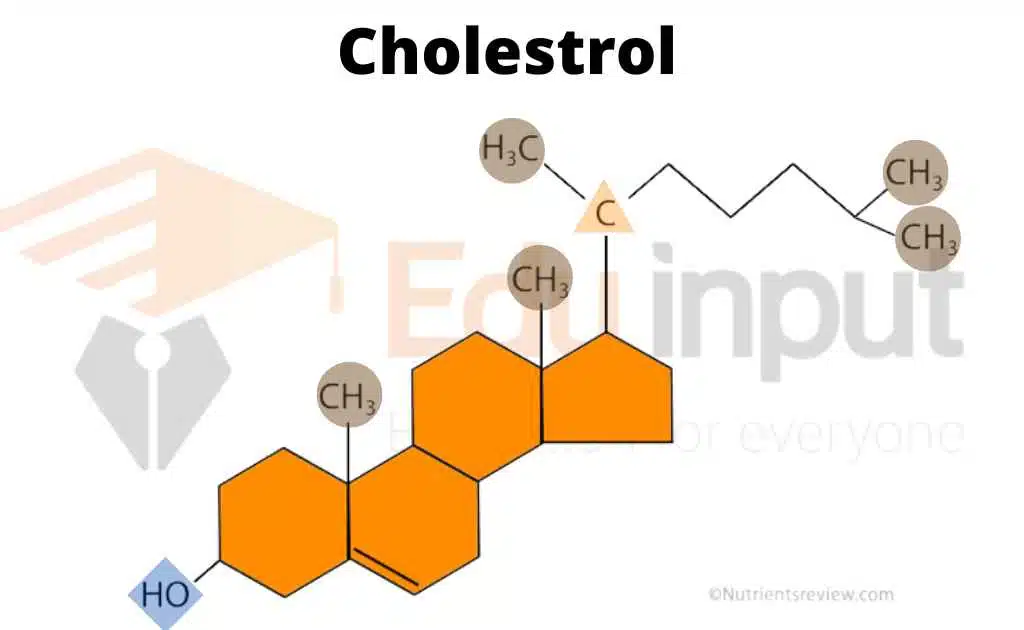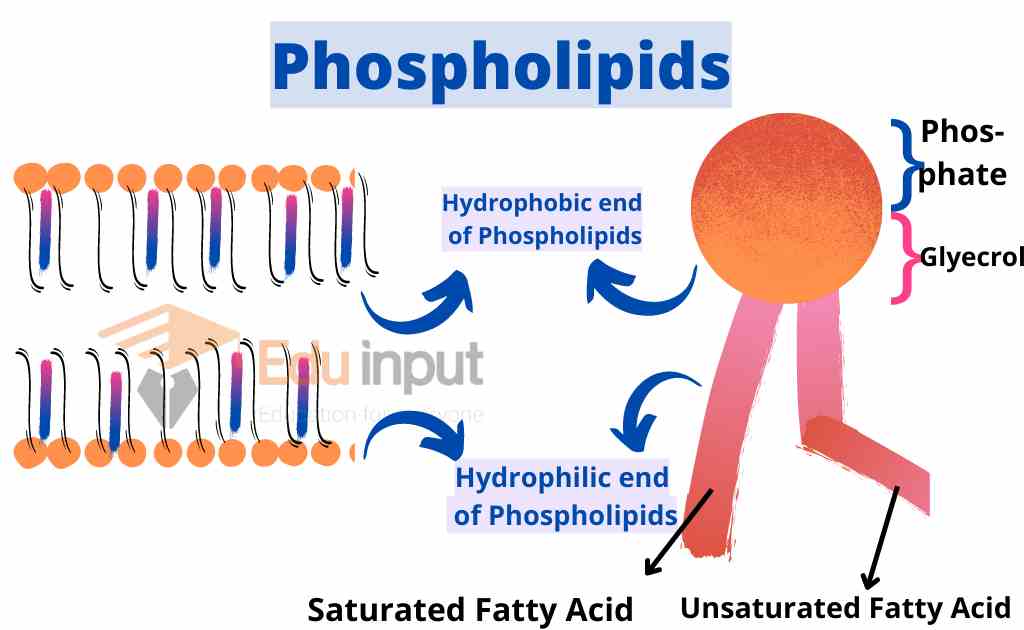Cholesterol -Properties, Structure and Functions
Cholesterol is a waxy substance found in animal tissues that helps the body produce hormones and absorb vitamins. The body produces cholesterol naturally, but also gets some from food.
Cholesterol is a class of organic molecules known as lipids. It is bio-synthesized by all animal cells. It is absent in prokaryotes like bacteria and archaea.
The hydroxyl group of each cholesterol molecule interacts with water molecules just like the phospholipids surrounding the cell membrane of animal cells.
Cholesterol is a type of sterol that is found in animals. It is very abundant in all cells and is a big part of cell membranes and lipoproteins. Cholesterol was isolated from bile for the first time.
Occurrence Of Cholesterol
Cholesterol is much higher in the membranes of sub-cellular organelles. Cholesterol is found in association with fatty acids to form cholesteryl esters (esterification occurs in the OH group of C3).

Properties Of Cholesterol
Cholesterol is a yellowish crystalline solid. The crystals, under the microscope, show a notched appearance. Cholesterol is insoluble in water and soluble in organic solvents (such as chloroform, benzene, ether)
Structure Of Cholesterol
It consists of
• One Hydroxyl Group At C3
• A Double Bond Between C5 And C6.
• 8 Carbon Aliphatic Side Chain (Attached To C17).
• 5 Methyl Groups.
Cholesterol is found in abundance in animal cell membranes, where it is a structural component that helps determine the membrane’s permeability properties. The presence of an OH group in cholesterol makes it weakly amphiphilic.

Functions Of Cholesterol:
Cholesterol has a high dielectric constant, which means it’s a poor conductor of heat and electricity. It’s present in abundance in nervous tissues, where it seems to function as an insulating cover for the transmission of electrical impulses.
Cholesterol also performs several other biochemical functions, including its role in membrane structure and function, in the synthesis of bile acids and hormones (sex and cortical), and vitamin D production.






Leave a Reply